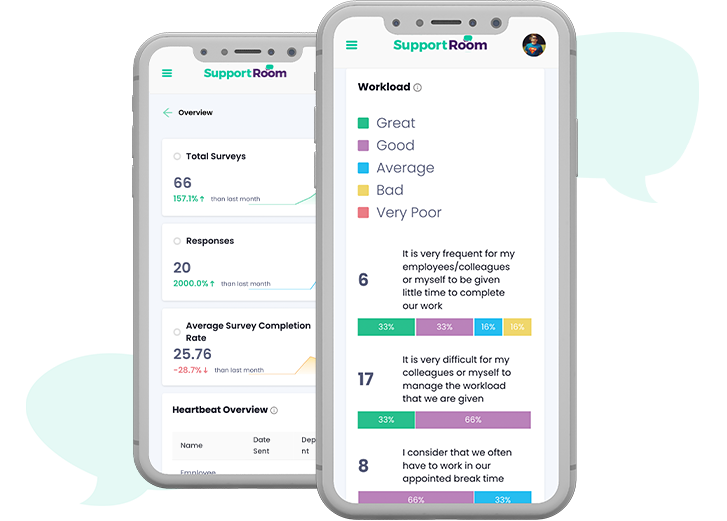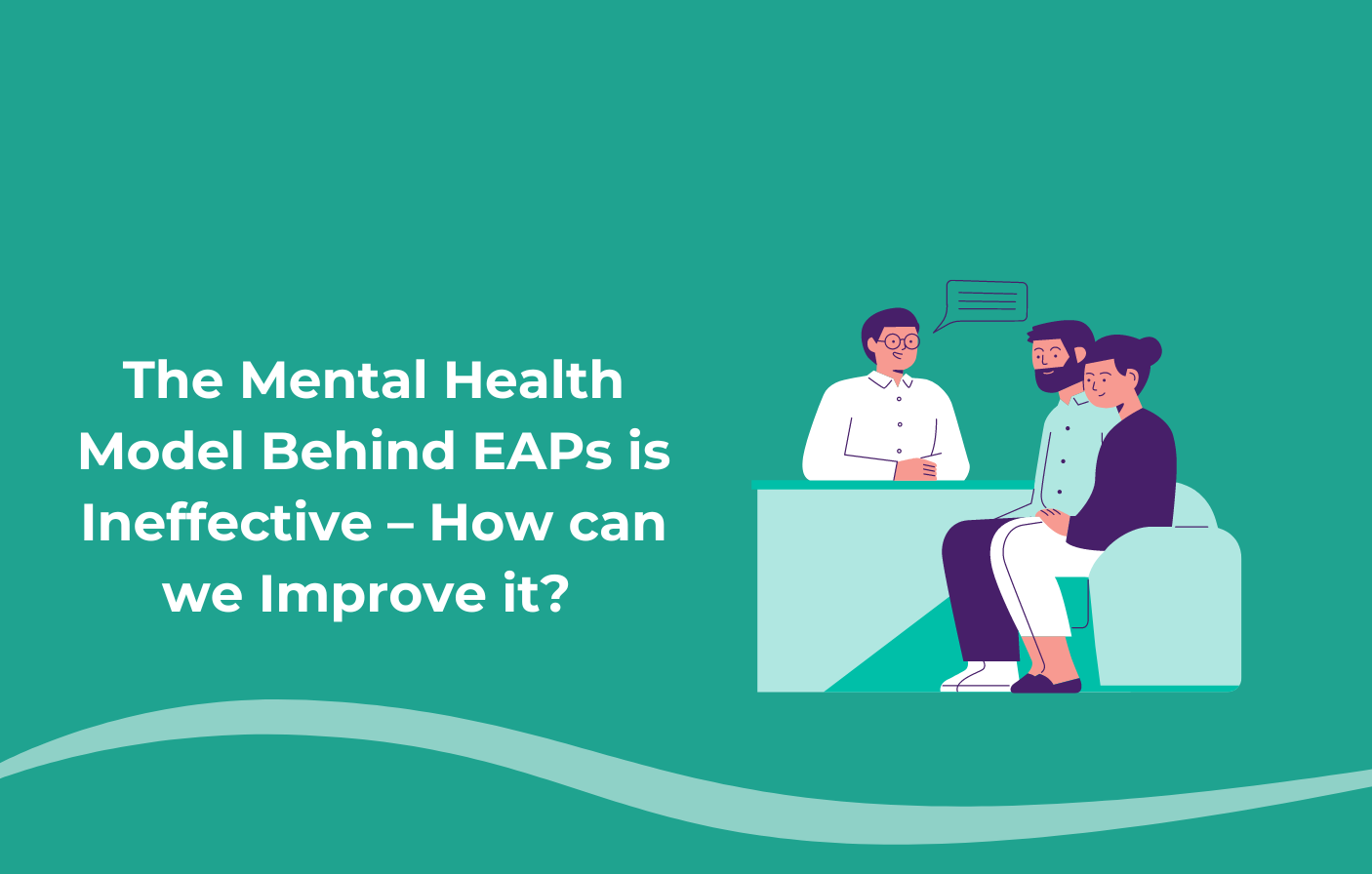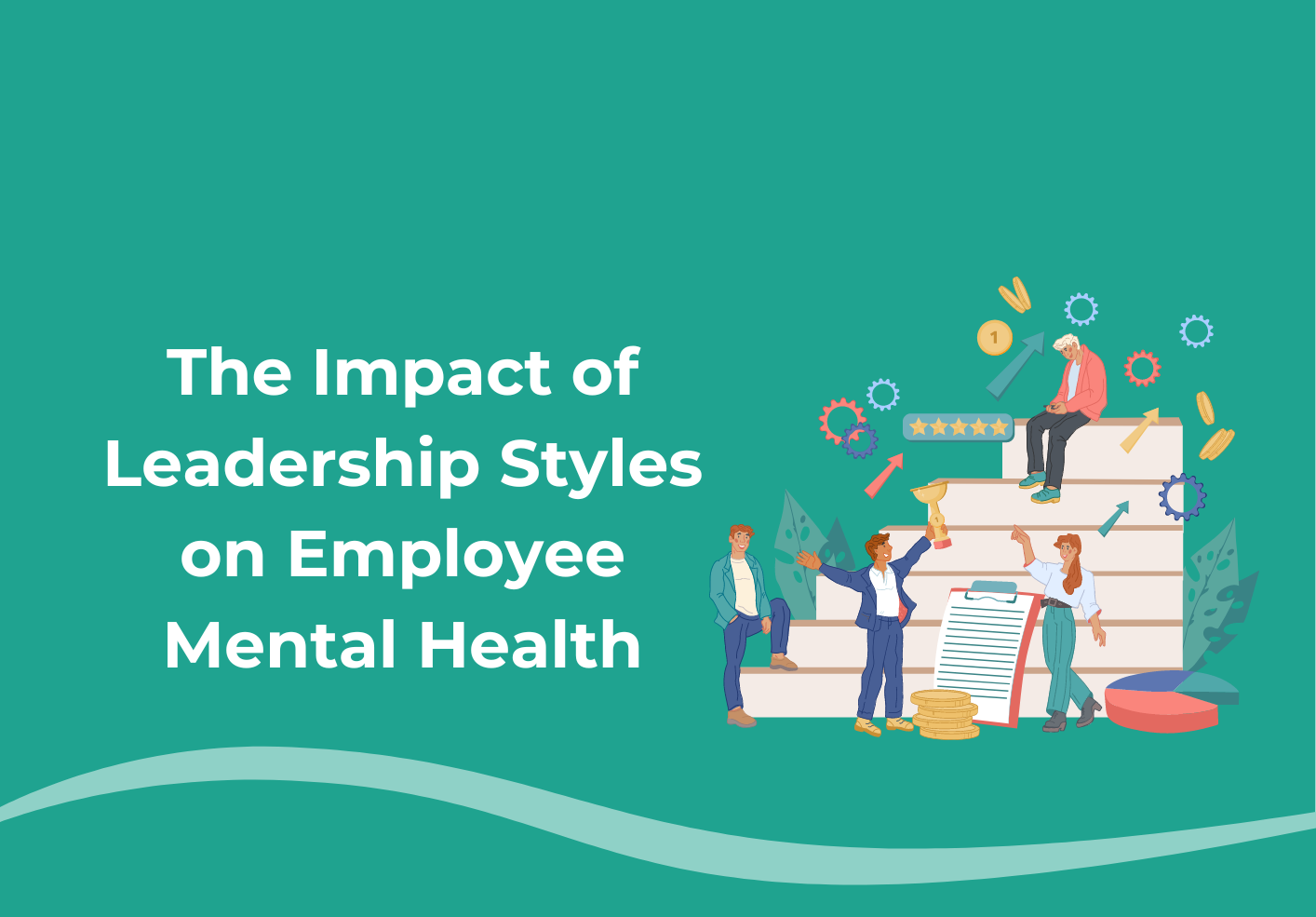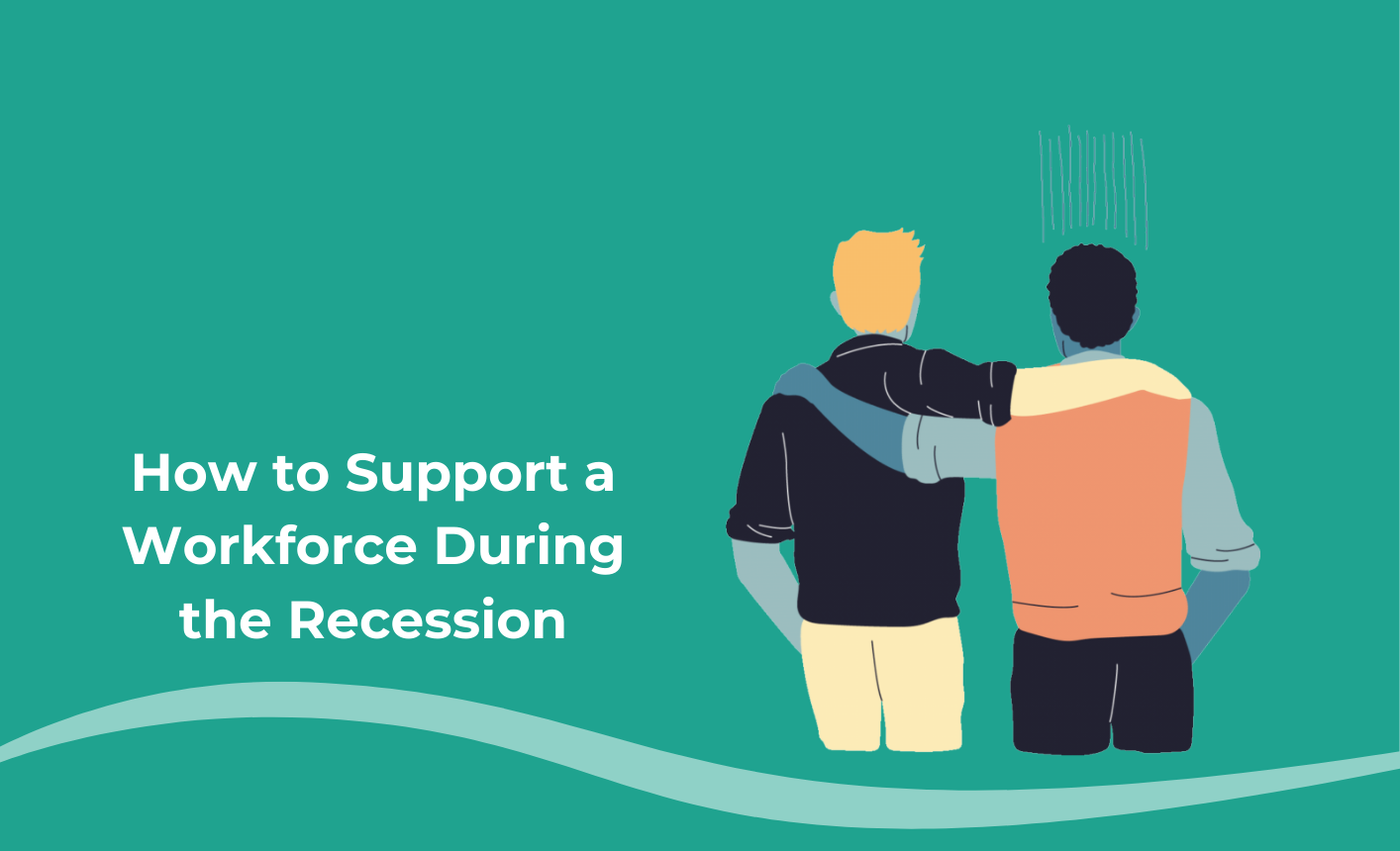The pandemic has harmed many people’s mental health. But did you know that even before it hit, men’s mental health was worse than women’s? So, what are the statistics on men’s mental health, and should we be worried? Read on to find out more.
What are the statistics on men’s mental health?
The effects of the pandemic on mental health are still emerging, so statistics always lag to some extent. However, the Office for National Statistics reported that one in five adults (20%) are likely to have experienced depression during the pandemic. So a good proportion of these is going to be men.
The mental health charity MIND compared statistics on men’s mental health in 2009 and 2020. They found an increase of 6%, up to 43%, in the number of men admitting to regularly feeling worried or down.
The most worrying statistic is, of course, the suicide rate among men. Three-quarters of deaths by suicide in 2019 occurred in men. Of those, most were among men aged 45 to 49.
What are some of the causes behind these statistics on men’s mental health?
There are still so many stereotypes around what it means to be a man – even in 2021! Traditional gender roles dictate that men are strong, steady and good providers. And because of this conditioning, men often view mental ill health as a sign of weakness or a lack of self-control. So, all this can make men reluctant to ask for help.
MIND found that 17% of men in their survey would be willing to go to a counsellor compared to 22% of women. And men make up only 35% of people accessing NHS talking therapies through the Improving Access to Psychological Therapy programme.
We know that social media interactions often damage women’s self-esteem. But 37% of men also said that their state of mind is negatively affected by social media. And 23% said that they were worried about their appearance. This was particularly a problem for men aged 18–24 and 35–44. In the age of Tinder etc., the appraisal of your physical image is instant and merciless.
Although common mental health conditions such as anxiety or depression are lower among men, at 13.2%, this is probably not an accurate figure. And this brings us to the crux of the matter.
Are the statistics on men’s mental health reliable?
Underreporting, arising from men’s reluctance to seek help, means it’s hard to be sure about numbers. So, the Men’s Mental Health Forum examined wider society for a real sense of the state of men’s mental health. This gives some worrying insights:
- The government’s National Wellbeing Survey showed men have lower life satisfaction than women. And men most at-risk of suicide, aged 45–59, had the least life satisfaction.
- 73% of ‘missing’ adults are men.
- 87% of rough sleepers are men.
- Men are three times more likely than women to become dependent on alcohol.
- More than 60% of drug-related deaths are among men.
- 95% of the prison population is male, and 72% of these prisoners have two or more mental health issues.
- Men are almost 50% more likely than women to be detained and treated under the Mental Health Act.
- Men commit 86% of violent crime and they are twice as likely to be the victims of violent crime.
Looking at it this way, it’s clear something rather worrying is going on with men’s mental health. And the statistics from surveys probably reveal just the tip of the iceberg.
Do the statistics show that all men are likely to be affected by poor mental health?
Men can be affected differently by poor mental health according to several factors: age, ethnicity, gender identification and sexual orientation.
- Is age a factor?
MIND discovered that 30% of men aged 45–54 didn’t think that feeling worried or down was important enough to take action. They also said that they would be too embarrassed to seek help for a mental health problem. And, sadly, this correlates with ONS data showing that this age group has the highest rate of suicide of all ages in the UK.
- What about ethnicity?
Young black men in the UK are 11 times as likely as young white men to be diagnosed with a severe psychiatric condition such as schizophrenia. They are also more likely to be at risk of suicide and to suffer from PTSD. Additionally, 61% of BAME men are likely to have suffered additional stress in the pandemic. The causes are job insecurity, financial worries, and housing issues.
- What are the statistics among gay, bisexual and trans (GBT) men?
Though there is a lack of data on trans men, MIND has discovered that 45% of trans people have thought about suicide. 88% have experienced depression at some point, and 75% have felt anxiety. 58% have sought help because of extreme mental distress, and 10% have been treated at least once in a mental health unit.
More than two in five gay men experienced depression last year, compared with 13% of heterosexual men. Gay men are twice as likely as the general population to experience a longstanding psychological problem. In the last year, 43% of bisexual men and 32% of gay men have thought that life is not worth living. And 18% of bisexual men and 7% of gay men have self-harmed.
Do any statistics on men’s mental health give us hope?
Fortunately, yes. The statistics on men’s mental health are indeed worrying, but it’s not all doom and gloom.
We know that men are less likely to go to their GP about a mental health problem or talk to a friend about it. But when MIND asked men what would make it easier for them to seek help, their answers showed something very positive:
- 27% wanted online support and information.
- 15% wanted complete anonymity.
- 12% wanted easy and flexible access to support day or night.
- 11% wanted help away from their GP surgery.
- 6% wanted telephone support.
And these statistics describe precisely the type of mental health support that SupportRoom provides. So, why not read on to learn more about what we can do for you and your organisation?
How can SupportRoom help my company?
Here, at SupportRoom, we offer employee therapy for small to medium businesses. Our platform allows employees to receive therapy on-demand from a dedicated, qualified therapist.
Our SME Employee Support platform is designed to give insightful data that allows your employees to track their progress and monitor their own mental and physical health. Book a free demo here.

Gain FREE access to Heartbeat
Get a free Heartbeat Survey.
Let us uncover the true state of your team’s wellbeing with a free mental health survey for your entire organisation.
Gain valuable insights to see how you can better support your team’s mental health and performance.
No pitch. No credit card required.

Gain FREE access to Heartbeat
Get a free Heartbeat Survey.
Let us uncover the true state of your team’s wellbeing with a free mental health survey for your entire organisation.
Gain valuable insights to see how you can better support your team’s mental health and performance.
No pitch. No credit card required.






